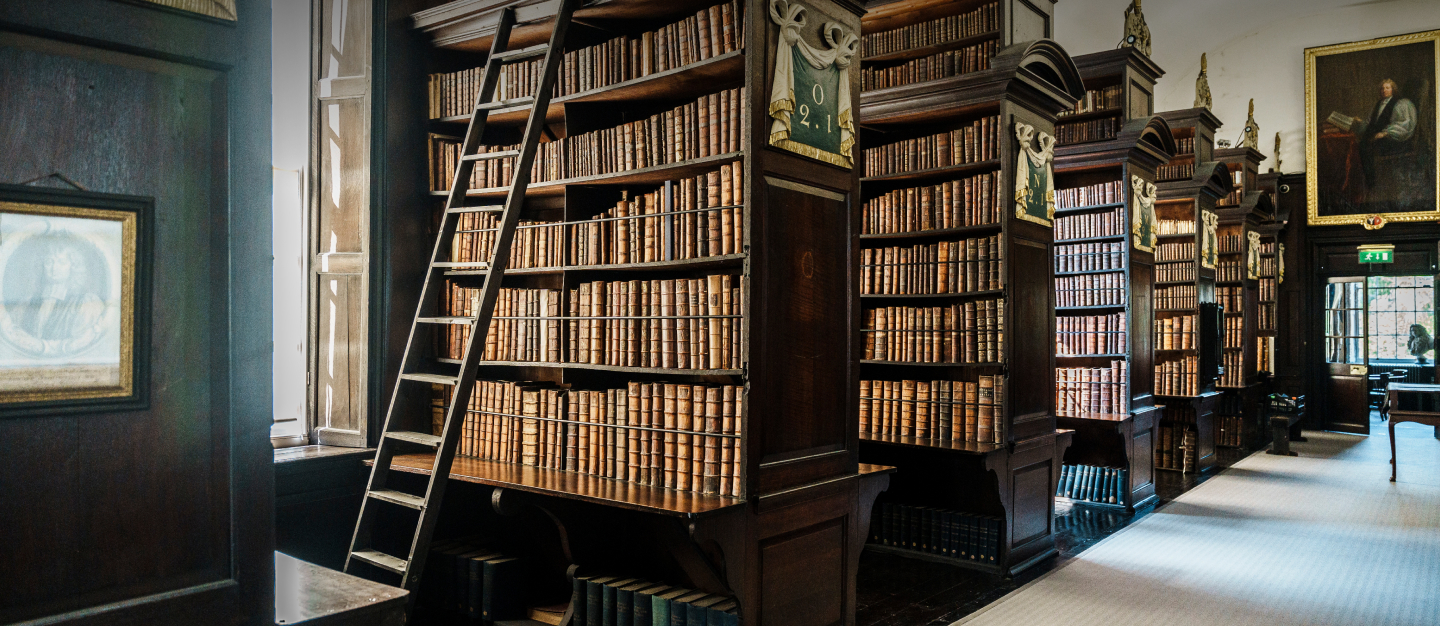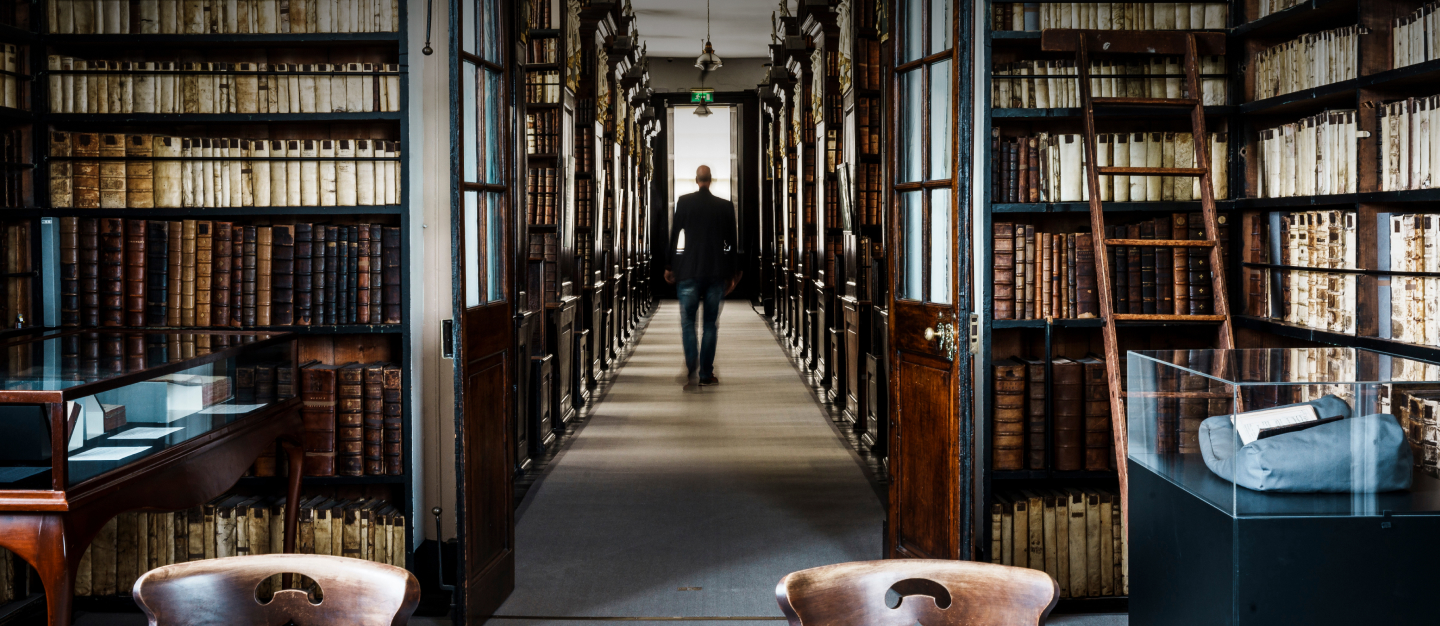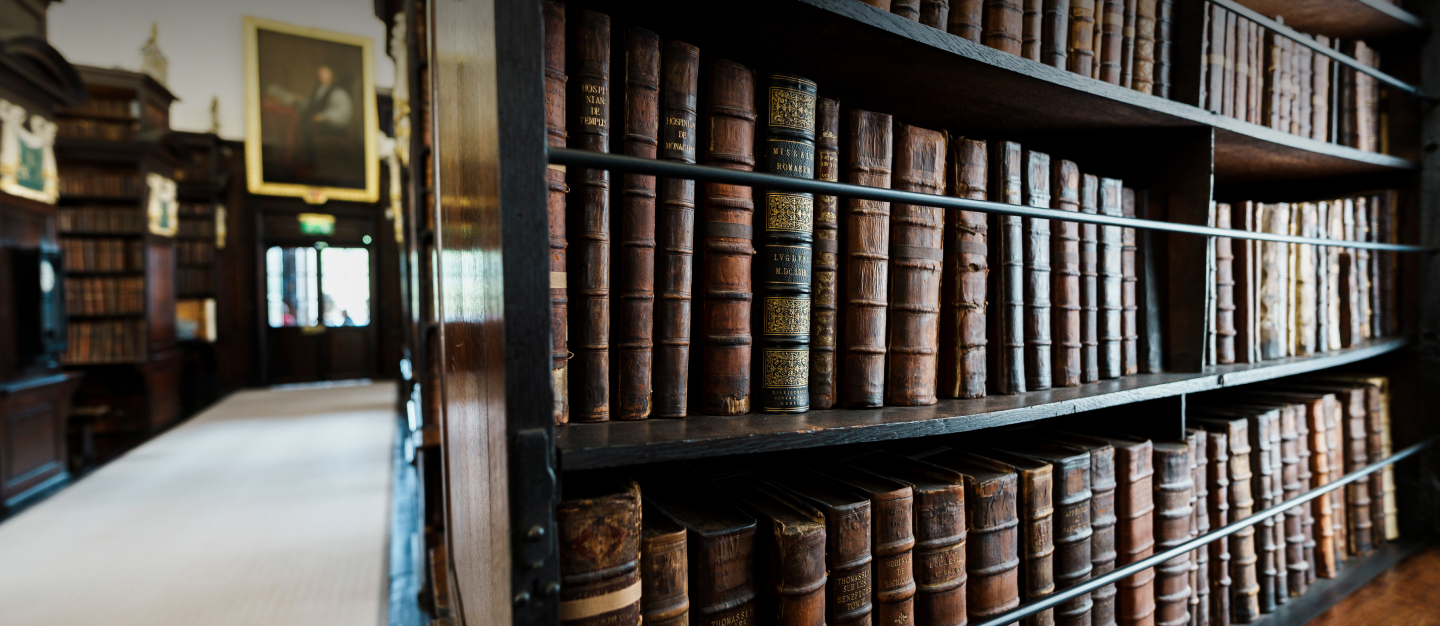Discover Our History
Marsh’s Library was founded in the early eighteenth century by Archbishop Narcissus Marsh (1638–1713) as the first public library in Ireland. Although there were earlier libraries, they were either in the university or in churches. This Library was intended to give anyone who was able to read a place to study.
Today, it welcomes both visitors and researchers. Explore some highlights from the Library’s history below!
-
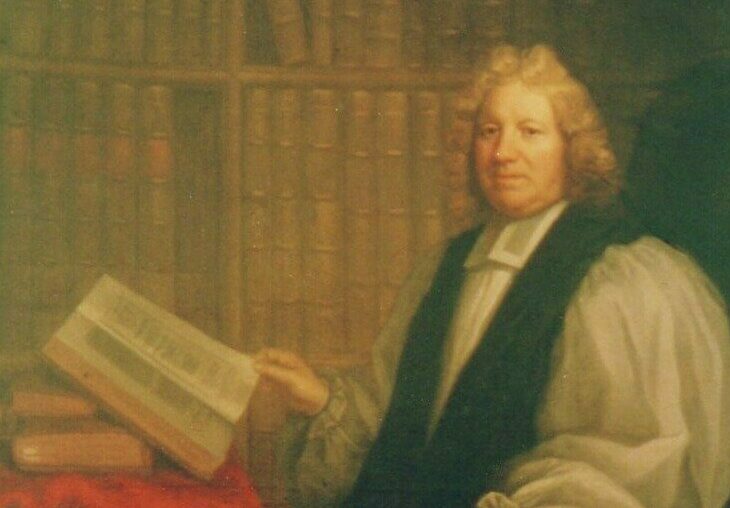
Portrait of Narcissus Marsh, founder of the Library
The founder of the Library was Narcissus Marsh, who was born in Wiltshire in England in 1638. He was educated in Oxford and became a scholar of Hebrew and other near-Eastern languages related to biblical scholarship. He was also fascinated by astronomy, mathematics and music.
He was ordained as a Anglican clergyman in 1662 and appointed as Provost of Trinity College Dublin in 1679. Later, he became Bishop of Ferns and Leighlin in 1683, Archbishop of Cashel in 1691, Archbishop of Dublin in 1694 and Primate of Armagh in 1703.
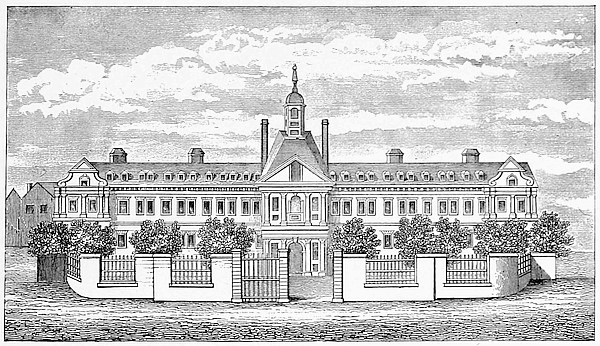
A view of the entrance to Trinity College Dublin (Brooking, 1728)
While Marsh was at Trinity, he was concerned that the library there was not well maintained, and that books were missing. It was difficult to use even for students of the college. For anyone else, there was no access to the college library, and he said of the Dublin booksellers that they had only ‘trifles and pamphlets’.
It was this that made him think of building a library for the use of the reading public of his day. Public libraries were not very usual at the time and when he told his friends what he planned they commented that neither Oxford nor London had a public library.
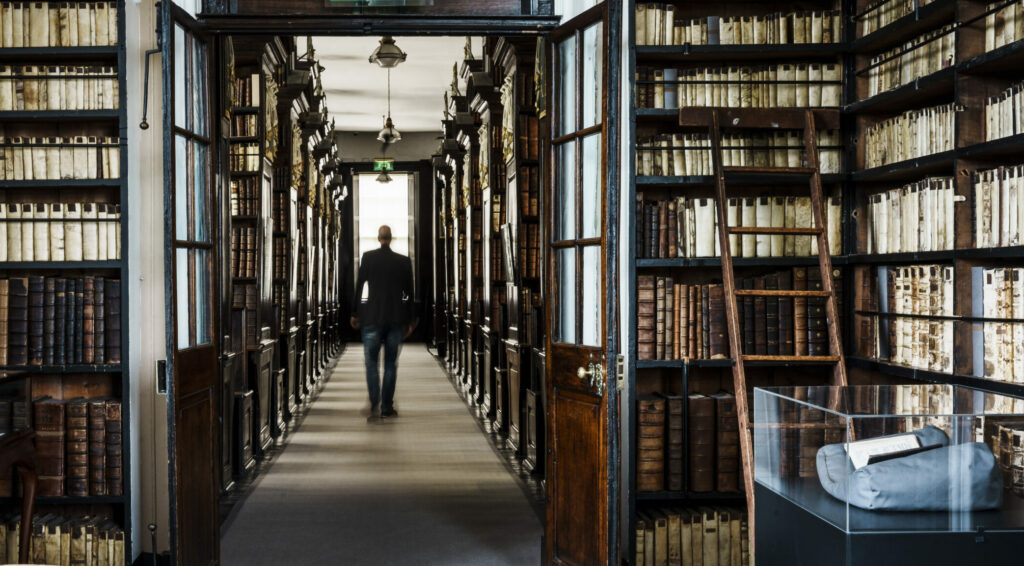
Walking through the second gallery
The first librarian was a Frenchman, Élie Bouhéreau, a Huguenot from La Rochelle. He had fled France when the law on religious toleration was revoked and members of his community were given a stark choice: to convert to catholicism, or leave. When Marsh met him, he thought Bouhéreau was a very good choice for a librarian, as he was a published scholar, and had a collection of books worth £500 pounds sterling. As a condition of his appointment, he was to put these books in the new library. In return, he was to get a stipend, and to have an apartment on the ground floor of the new building.
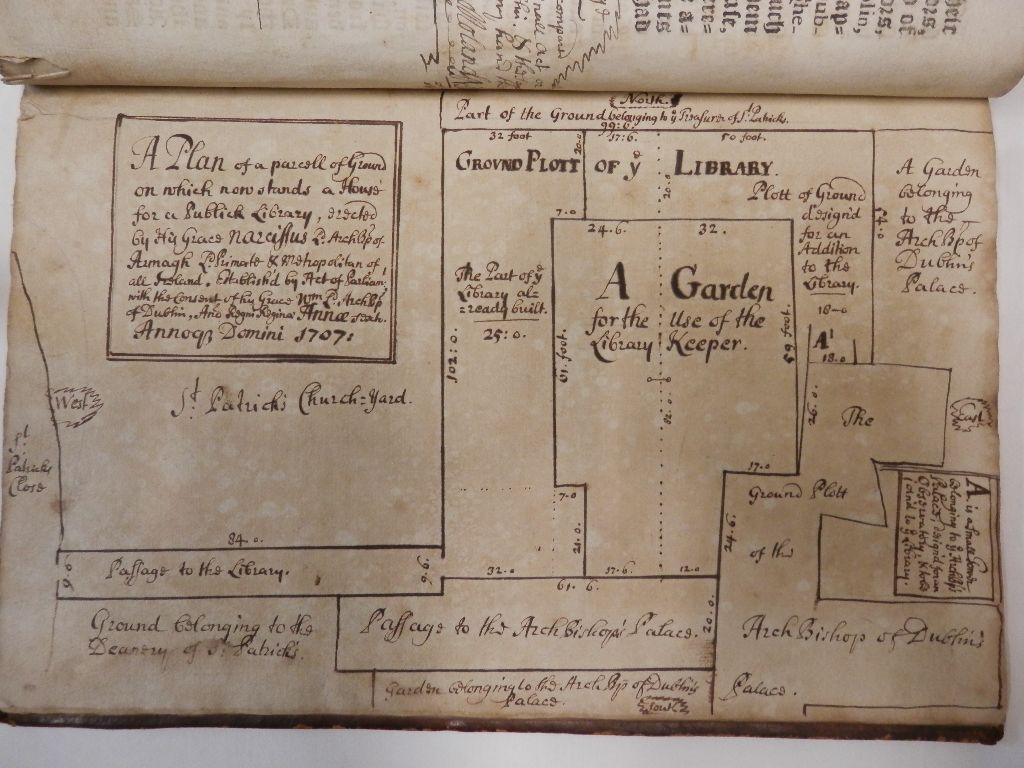
The earliest plan of the library building
When Marsh became Archbishop of Dublin, he lived in the medieval palace of St Sepulcre, which was right beside St Patrick’s Cathedral. It had a garden, and he used this plot of land to build the Library.
The building was designed by William Robinson, who was the Surveyor General in Ireland. By January 1703, Marsh was hopeful that it would be finished by midsummer.
But there was a delay, and Bouhéreau, who wanted to move in to the promised apartment, had to rent other accommodation until it was ready in December 1703.

The First Gallery of the Library
Marsh wanted to buy books for the library, and asked for advice from his friends. A collection came up for sale in England which had belonged to a famous preacher and theologian, Edward Stillingfleet, who had died in 1699. Marsh saw the catalogue and decided to buy the collection of around 10,000 volumes from Stillingfleet’s son.
He brought the collection to Ireland in 1705 but wrote that he kept it with him until the Act establishing the library was passed in 1707. It is now housed in the first gallery.
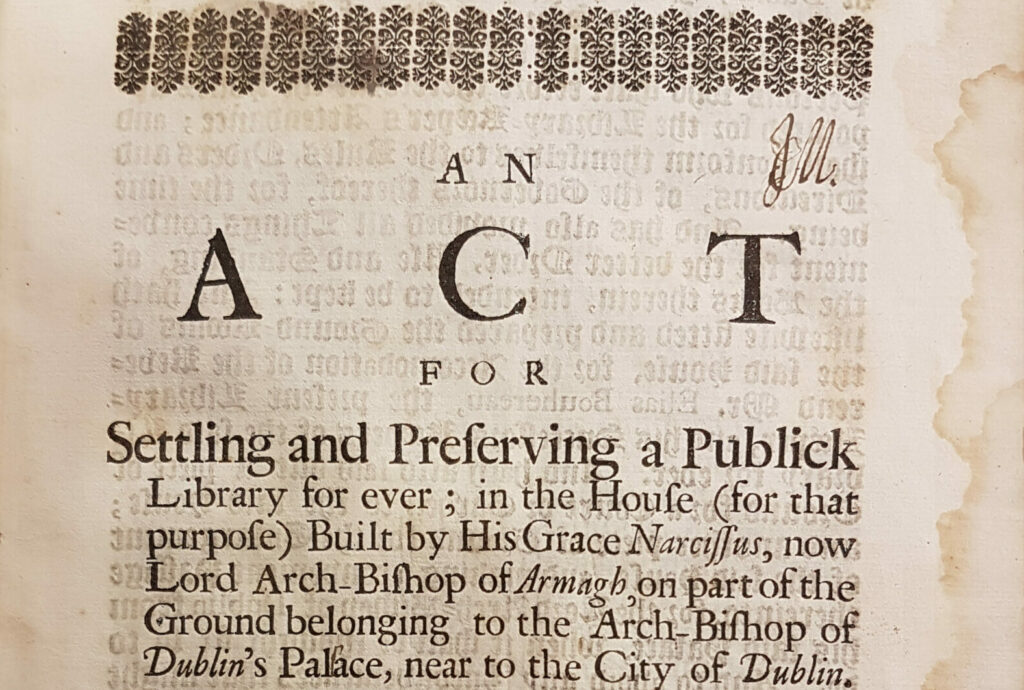
A detail of the opening page of the 1707 Act establishing the Library
In October 1707, an Act of the Irish parliament was passed, called ‘An Act for Settling and Preserving a Publick Library forever’. The Library could then be opened to the public.
Marsh’s Library is still governed under that Act, with some amendments. The building and collections are entrusted to a board of trustees, known as the Governors and Guardians.
Under the Act, one of the first Governors was Jonathan Swift, who was Dean of St Patrick’s Cathedral. He is known to have come to the Library for the annual meeting of the Governors.

A detail from a plan of the Library from 1709, showing how it was extended
With the Stillingfleet collection in the first gallery of the new building and Bouhéreau’s collection in the reading room, the building was full of books. It needed more space, and the second gallery and cages area were added around 1708 to 1709.
This joined the library to the palace next door through a tower, which was designed for astronomical observations. The tower was taken down in 1833, as by then the archbishops no longer lived in the old palace. It became a police barracks.
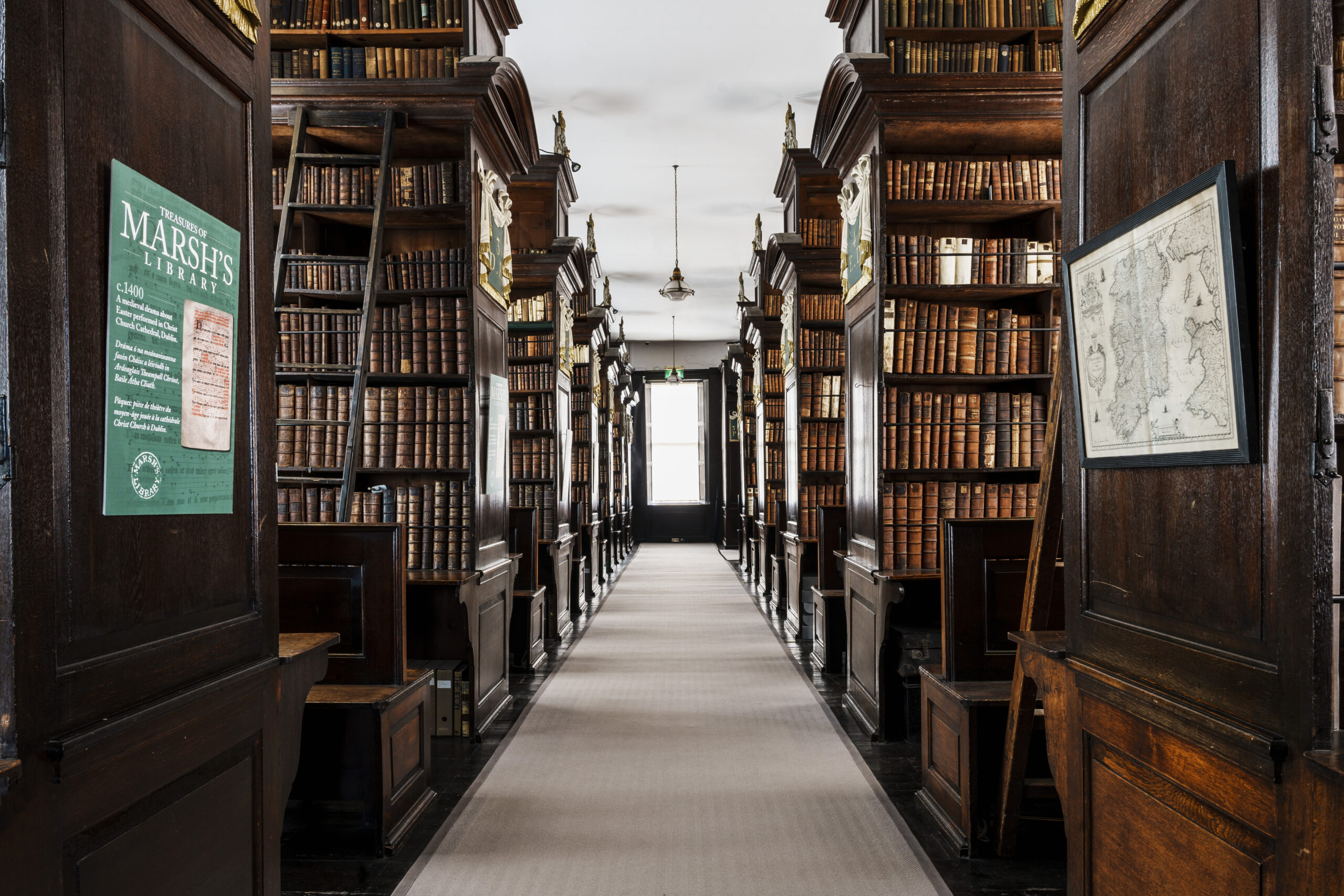
A view of the Second Gallery, with Marsh's books on the left and John Stearne's on the right
Marsh’s own collection of books is housed in the second gallery. It reflects his interest in languages, ranging from Irish to Ge’ez, the language of the Ethiopic Church; mathematics, natural history, astronomy and the other scientific interest of his day, including a first edition of Isaac Newton’s Optics.
The final large collection to be added to the Library is also kept in the second gallery. It belonged to John Stearne, who had been Dean of St Patrick’s Cathedral. When Stearne died in 1745, his collection of books was divided, some to benefit the curates where he had been bishop, and the rest between Trinity College and Marsh’s Library.
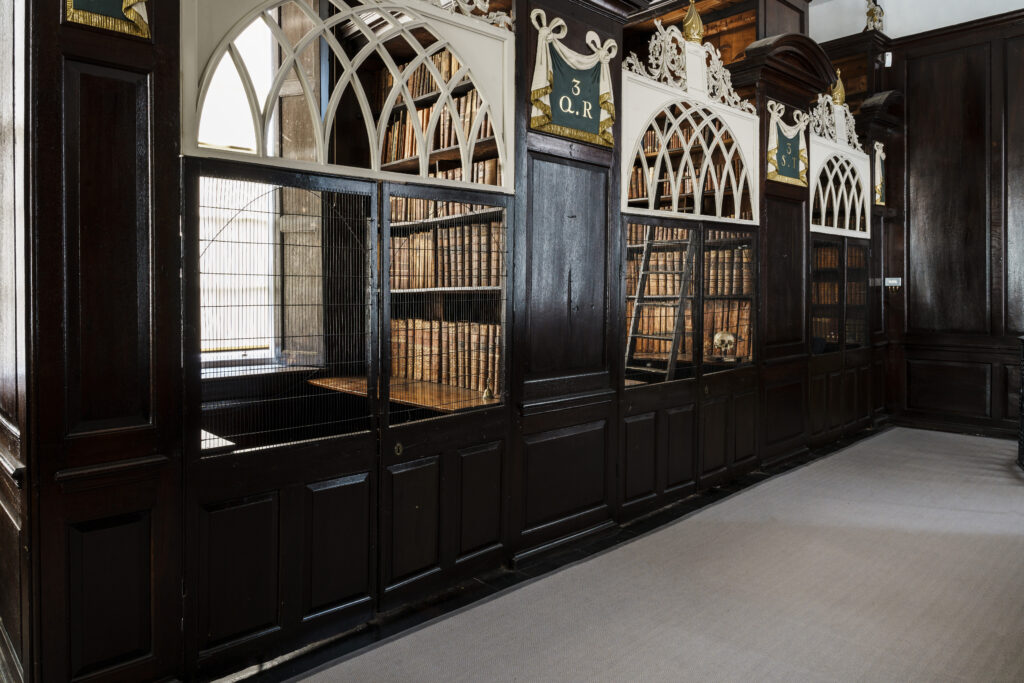
The reading 'cages' at the end of the Second Gallery
At the beginning, readers were allowed to go into the bays to choose their own books. Unfortunately, they were so interested in the books that they stole them from the Library.
By the mid-1760s, there were over 1000 books missing. The Governors made an order that no-one but the librarian was to go into the bays, and that readers were either to read at the table in the reading room where they could be supervised, or be locked into the cages so that they could not steal the books.
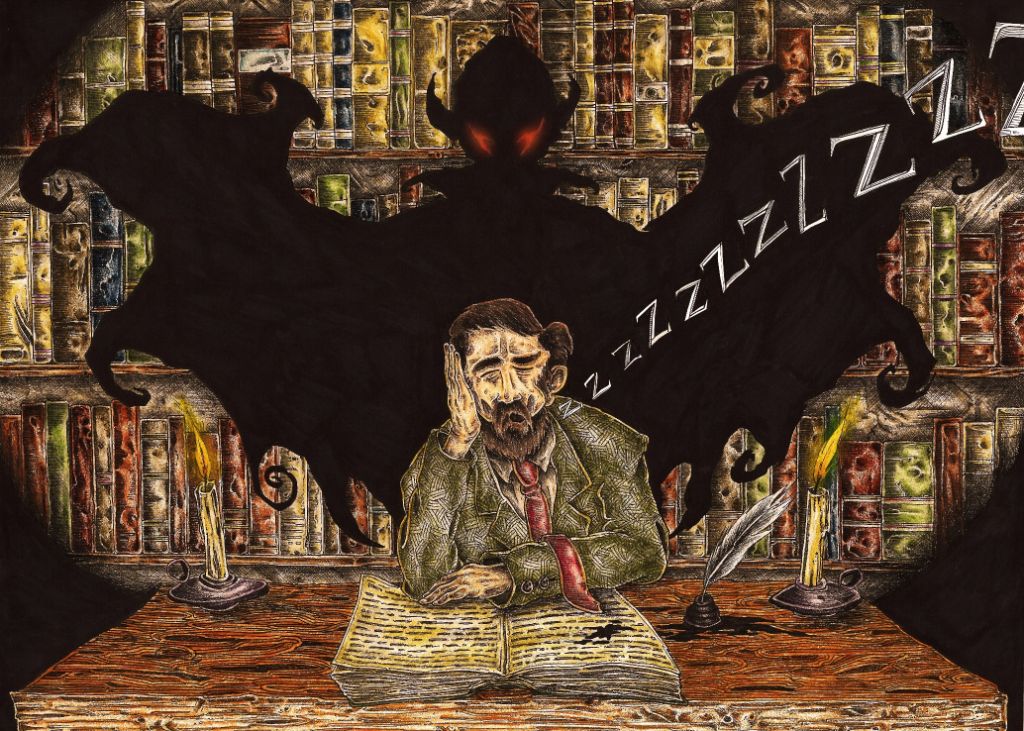
Bram Stoker imagined by John Rooney
Bram Stoker came to read in Marsh’s in 1866. He was still a student in Trinity College, and was recommended by his tutor. Because of the detailed records being kept then, we know what books he read.
He probably read at the table in the old reading room, at the table which is still there.
Would it surprise you to know that he saw (among other books!) travel books with maps of Transylvania in them?
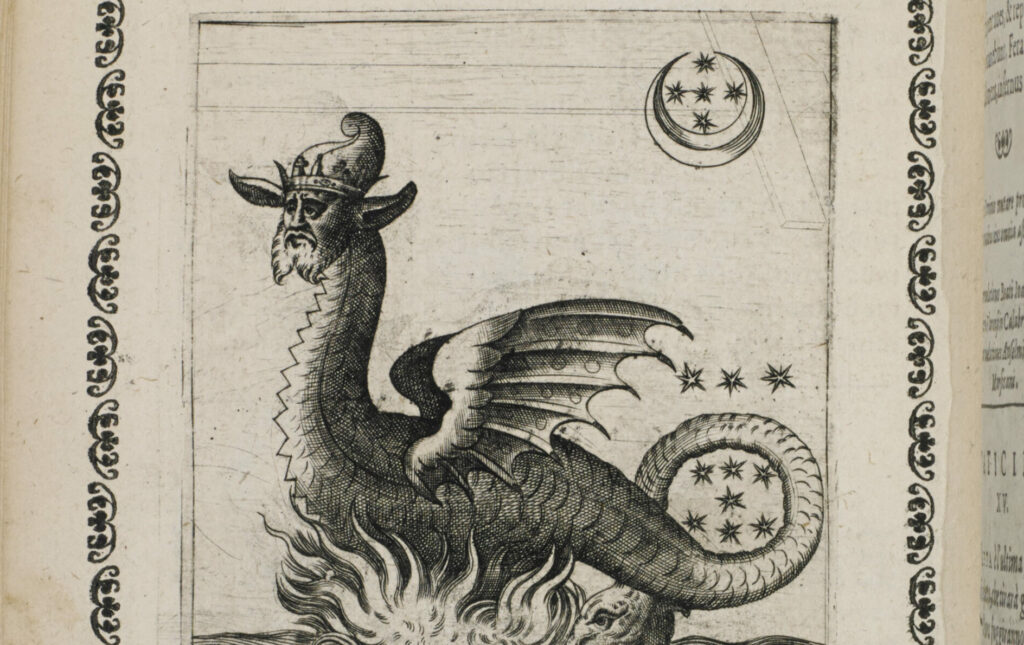
'The fading prophecies of Joachim Abbas'
In 1902, James Joyce came to Marsh’s to read and signed the visitors’ book. Later, he wrote in Ulysses:
Come out of them, Stephen. Beauty is not there. Nor in the stagnant bay of Marsh’s library where you read the fading prophecies of Joachim Abbas. For whom? The hundredheaded rabble of the cathedral close.
The anti-papal prophecies attributed to a medieval Italian abbot, Joachim of Flora, were on the index of books banned by the church authorities in Rome, and so Joyce would have had difficulty finding this book elsewhere.

A book damaged by machine-gun fire in 1916
Significant damage was inflicted on the library on the morning of Sunday 30 April 1916, at the end of the rebellion known as the Easter Rising.
A British machine gun located in the Iveagh Buildings on Bull Alley sprayed the building with bullets, shattering windows and damaging books.
Most of the damaged books had belonged to Élie Bouhéreau, the French refugee who was the first librarian of Marsh’s Library. There was no-one in the Library as it was a Sunday, but the librarian lamented his ‘poor wounded books’.

The Library today
Marsh’s Library has remained intact over the past three centuries while the city centre neighbourhood around it has changed beyond all recognition.
The precious books and manuscripts in the collections now form one of the nation’s treasures.
We are delighted to share this beautiful building and its collections with the thousands of visitors who come every year, with those who view our social media accounts and online exhibitions, and with the researchers who are still welcomed to read as they have been for over three hundred years.
Connect On Social

Connect On Social

